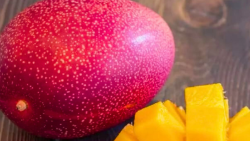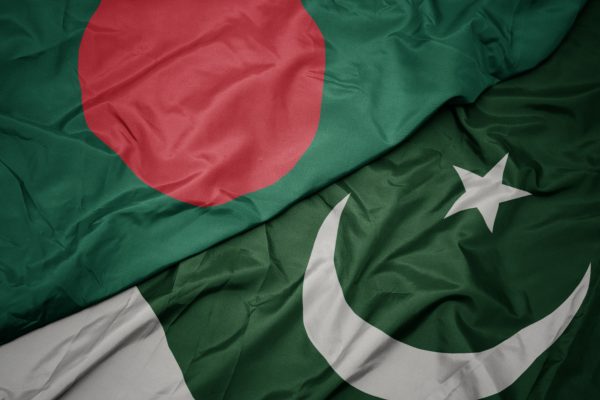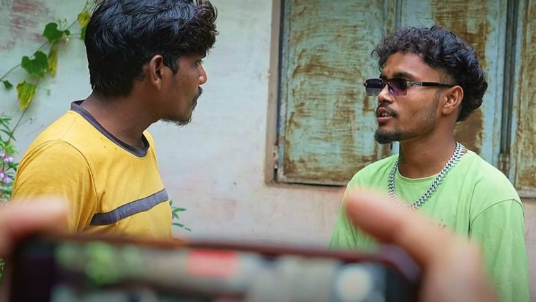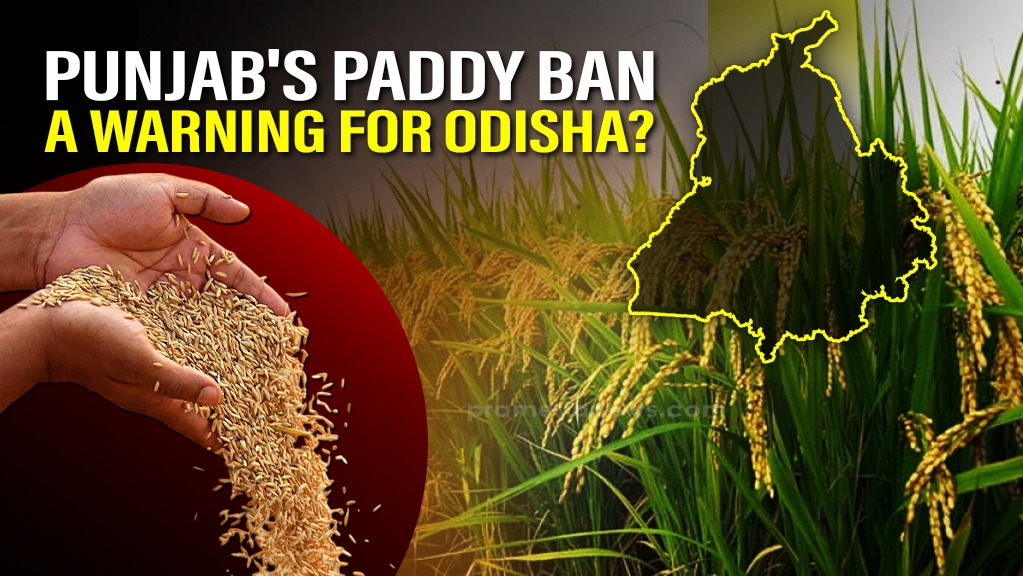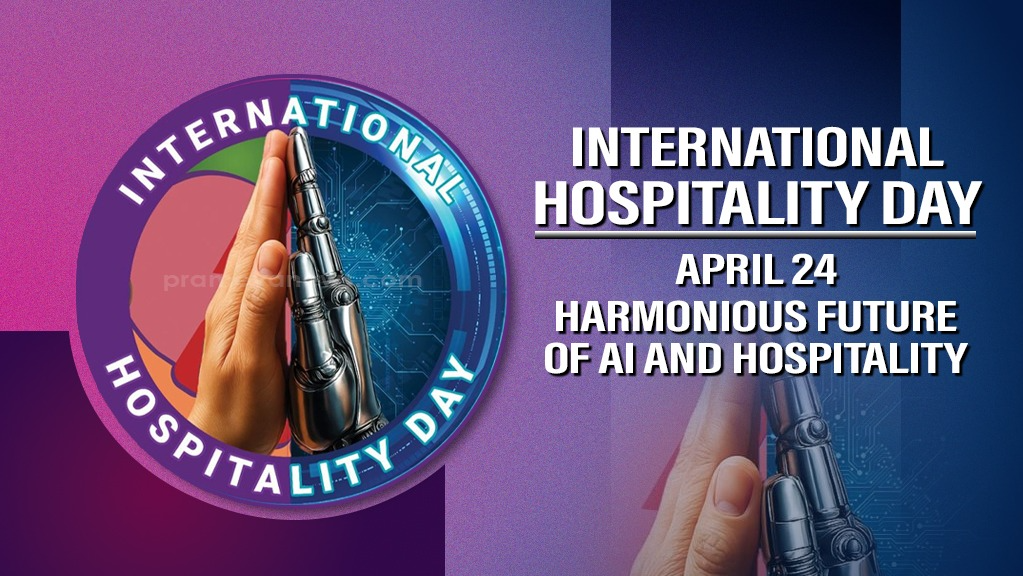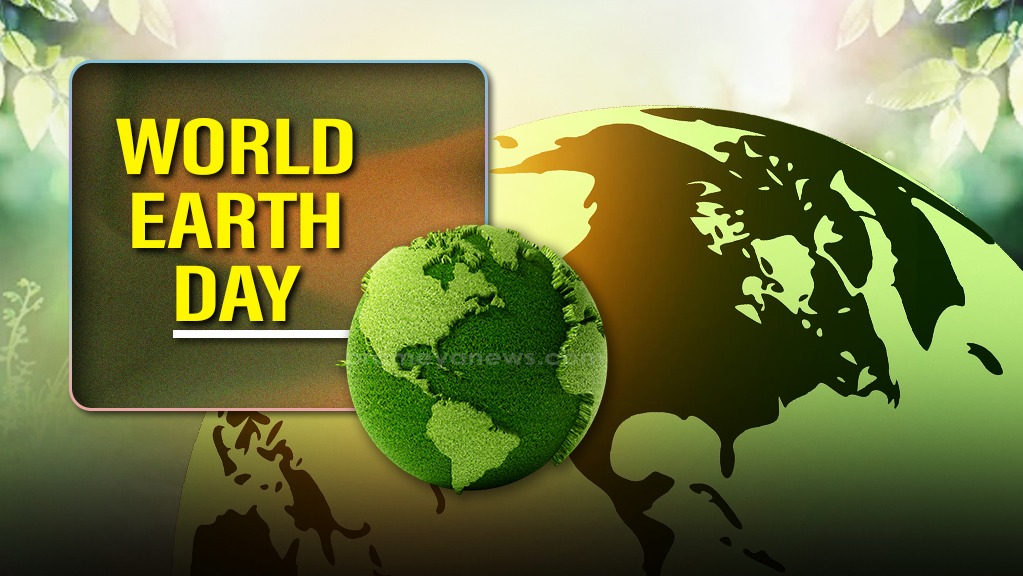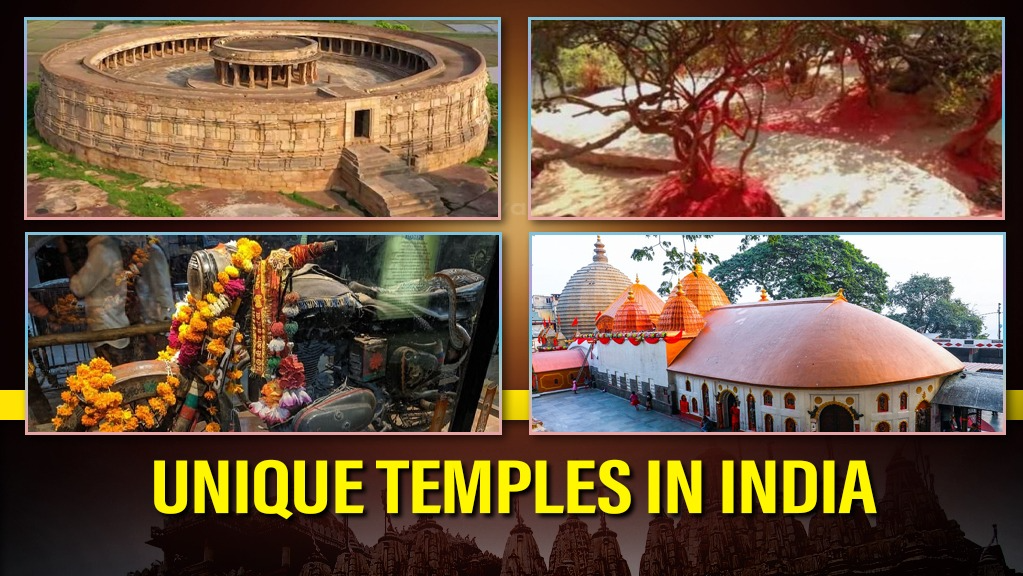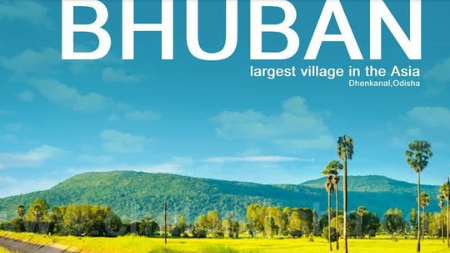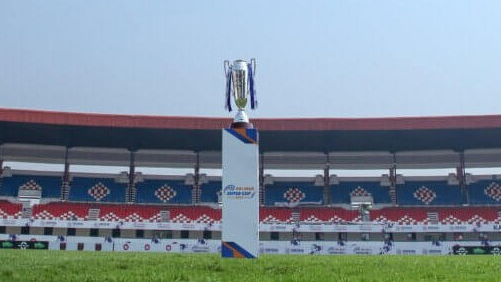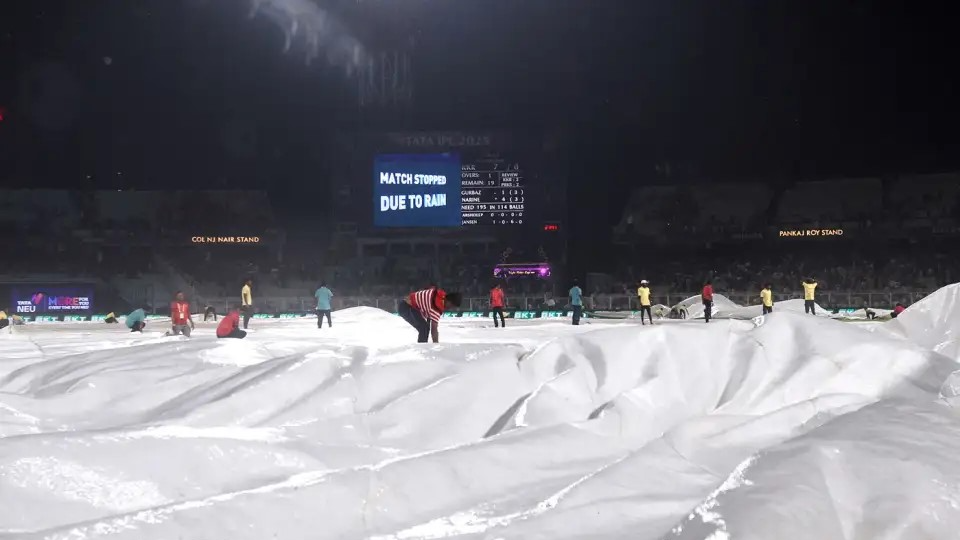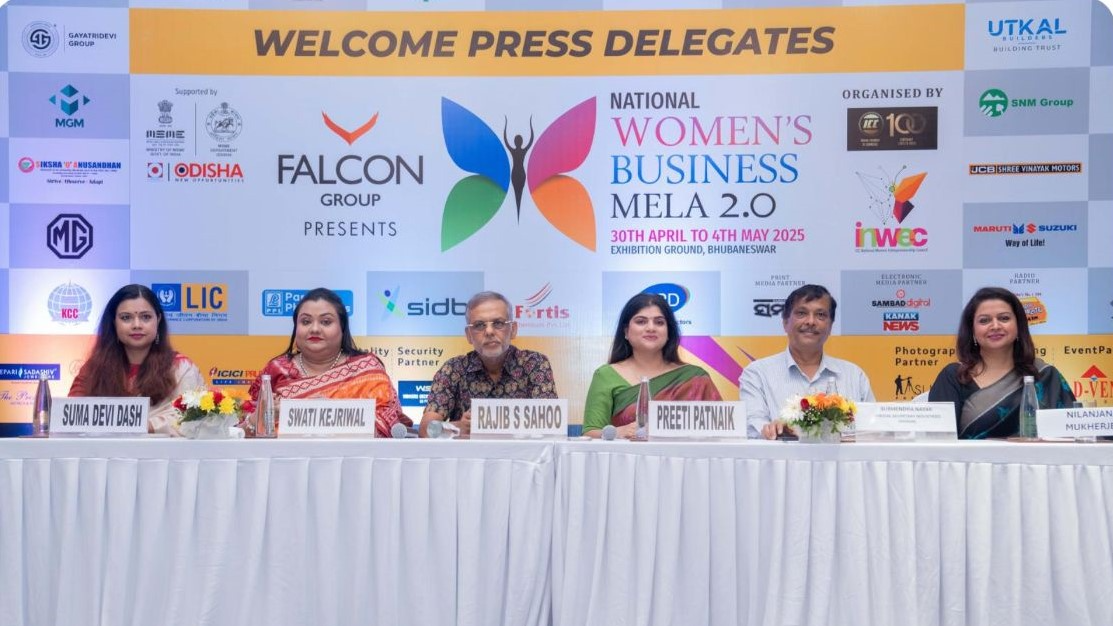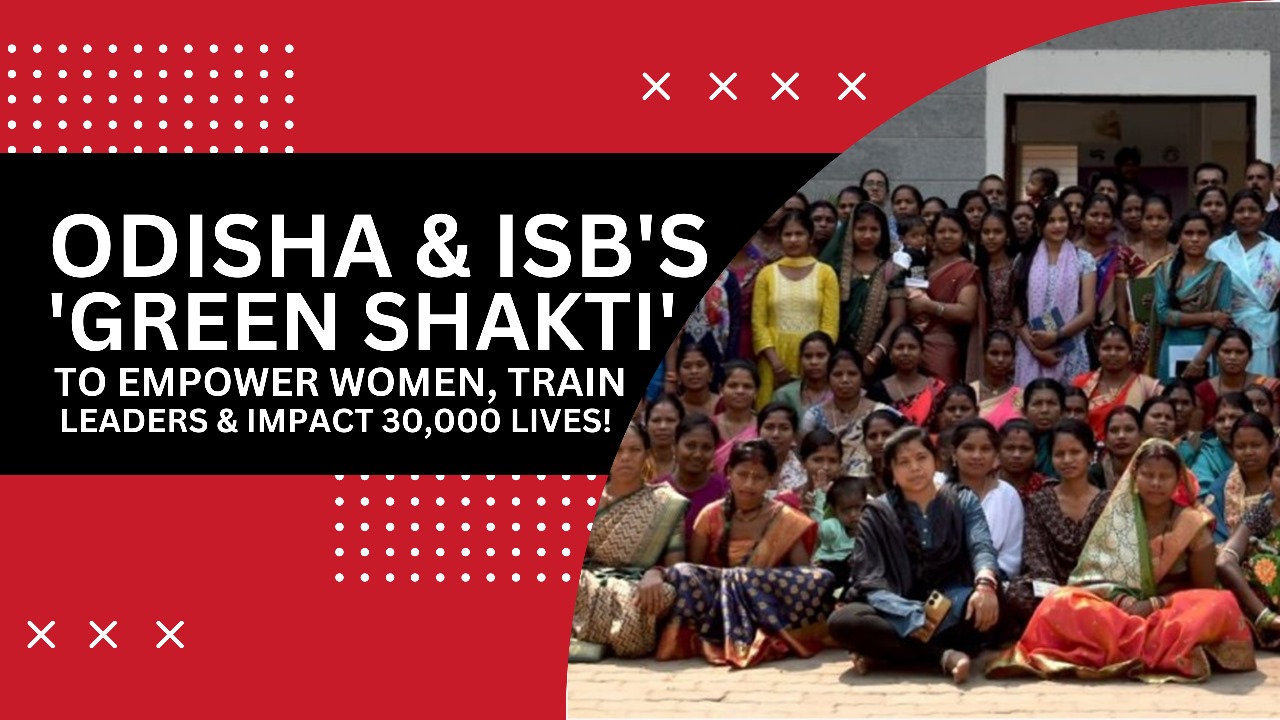The Big Melt
It's World Water Day, scratching our head: are we really paying attention to where our water comes from? It’s for all, are we water conscious? It turns out, those massive glaciers we often take for granted are in serious trouble, and that's a big problem for all of us.
A recent report from the Copernicus Climate Change Service (C3S) dropped a pretty alarming statistic: since 1976, Earth's glaciers have shed over 8,200 gigatonnes of ice. That's a lot of ice, and it's causing sea levels to rise and sparking concerns about future water shortages. To put it in perspective, the 2010s saw more than double the annual ice loss compared to the 1980s. We're talking an average of 370 gigatonnes disappearing every year.
Where's the Ice Going?
Some regions are feeling the heat (or, rather, the melt) more than others. Western Canada, the United States, and Central Europe have seen the most significant changes in glacier mass. While places like Southwest Asia, Northern Arctic Canada, and the Russian Arctic experienced less change over the same period. Interestingly, even Antarctica and the Sub-Antarctic, which don't usually lose much ice, are now showing significant losses, especially in recent years.
India's Icy Lifeline
India is home to over 9,000 glaciers, and they're crucial. They feed major river systems like the Ganges, Brahmaputra, and Indus, which support a whopping 600 million people in South Asia. But these glaciers are shrinking, and that's a major threat to the water supply. For instance, the Chhota Shigri Glacier has lost more than twice its mass in the last 50 years. Some studies suggest that Himalayan glaciers could lose over half their mass by year 2100 if we don't get global warming under control.
Lakes on the Rise
Satellite data from ISRO reveals another concerning trend: glacial lakes are expanding. Between 1984 and 2023, many of these lakes, particularly those larger than 10 hectares, have grown significantly. This increases the risk of glacial lake outburst floods (GLOFs), which can be catastrophic. Think of it like this: as these lakes get bigger, the natural dams holding them back get weaker. If those dams break, huge amounts of water can surge downstream, causing major flooding. And while melting glaciers might temporarily increase river flow, the long-term effect of rapid glacier retreat is reduced freshwater availability. India alone has 130 of these expanding lakes, spread across the Indus, Ganga, and Brahmaputra basins. Many of these lakes have more than doubled in size since 1984.
The Siachen Story
The Siachen Glacier, the second-largest non-polar glacier on Earth, is a vital freshwater source. Satellite images show how much this glacier has changed in the last 30 years, highlighting the dramatic impact of climate change on the region.
Glacier Preservation: A Must on war footing
The bottom line is that glaciers are melting faster than ever. As our planet heats up, the water cycle is becoming more unpredictable and extreme. This isn't just about the glaciers themselves; it's about how it affects all of us.
- Meltwater changes are causing floods, droughts, landslides, and sea-level rise.
- Countless communities and ecosystems are at risk.
- We have to make glacier preservation a top priority.
We need to cut greenhouse gas emissions to slow down the melting. We also need to manage meltwater more sustainably. It's not an exaggeration to say that saving our glaciers is a survival strategy for both people and the planet. World Water Day 2025 is all about this: protecting these frozen water resources for the future. Glaciers are critical for drinking water, agriculture, industry, energy, and healthy ecosystems. Their rapid melting is causing a lot of uncertainty. We need global action to reduce carbon emissions and local strategies to adapt. Everyone has a role to play, from individuals and families to big companies and governments. We need to reduce global warming and adapt to these shrinking glaciers.
Are You Water Conscious?
It's not just about glaciers; it's also about how we use water every day. The Central Ground Water Authority in India estimates that the average person needs about 135 liters of water daily. But that can easily go up to 200 liters, depending on things like shower length and whether you use a bathtub. The problem is that not everyone has the same access to water. Some of us use (and waste) more than we need, while many struggle to get enough water. Just that we have to be careful in utilising water judiciously.
Just for your knowledge
Take a look of "hidden" water waste in the products we use every day apart from long showers or a leaky faucet. For example:
- It takes about 1,158 liters of water to produce one kilogram of wheat.
- A pair of jeans needs around 3,781 liters of water.
- Your smartphone? That's about 12,760 liters of water.
- Even a single A4 sheet of paper uses about 5 liters of water.
Think, before you buy that new phone or crumple up that piece of paper, think about the water that went into producing it.
It’s time to voice:
Is your home or school water-friendly? Are there leaks? Are people leaving taps running? Speak up. Talk to your family and figure out your water footprint. Raise awareness about how important water conservation is. In many rural areas, women and girls walk long distances, sometimes 5 to 10 kilometers every day, to get clean water. This takes up their time and puts them at risk. Also, having proper toilets and menstrual hygiene facilities in schools can help girls stay in school. A lot of schools, especially in water-stressed areas, lack these basic facilities, which leads to higher dropout rates, especially among girls.
Dialectics to Conservation
Ever wonder how much water's used to keep our toilets and washrooms clean? Have you ever chatted with the folks who do that work, the sanitation workers? Try talking to them and see how much water they use. Maybe we can figure out some ways to help them to use it more efficiently. It's offbeat even though the UN said way back in 2010 that everyone has a right to clean water and toilets, billions still don't have access.
Actions to go for
Organisations like the Centre for Science and Environment (CSE) and the Centre for Environment Education have programs and resources to help you get involved in water conservation. There are also magazines like Water Digest that focus on these issues. And there are government initiatives like the National Water Mission and the Jal Shakti Abhiyan. The Swarovski Waterschools program is working to raise awareness and provide better water and sanitation facilities in schools. Initiatives like WASH clubs and educating young environmental leaders are crucial. We need more of these programs, and we need to get young people involved in water conservation and environmental issues from an early age.
A Call to Action for Glacier and Water Preservation: very important
The evidence is clear: glaciers are melting at an alarming rate, and our water resources are under threat. This isn't just an environmental issue; it's a human issue. The loss of glaciers impacts water availability, increases the risk of natural disasters, and threatens the livelihoods of millions. We must act decisively to reduce greenhouse gas emissions, implement sustainable water management practices, and protect these vital frozen reservoirs.
It's time to move beyond simply acknowledging the problem. We need concrete actions at all levels – from individual households to international policy. This includes:
- Reducing our carbon footprint: Transitioning to renewable energy sources, improving energy efficiency, and adopting sustainable transportation.
- Conserving water: Implementing water-saving technologies, promoting responsible water use habits, and addressing water waste in agriculture and industry.
- Protecting glacier ecosystems: Establishing protected areas, regulating tourism, and mitigating the impacts of human activities on these fragile environments.
- Investing in research and monitoring: Enhancing our understanding of glacier dynamics, developing early warning systems for glacial hazards, and supporting scientific efforts to assess the impacts of climate change.
- Empowering communities: Educating the public about the importance of glacier and water preservation, engaging local communities in conservation efforts, and ensuring equitable access to water resources.
- Strengthening international cooperation: Fostering collaboration between nations, sharing best practices, and developing coordinated strategies to address the global challenges of climate change and water scarcity.
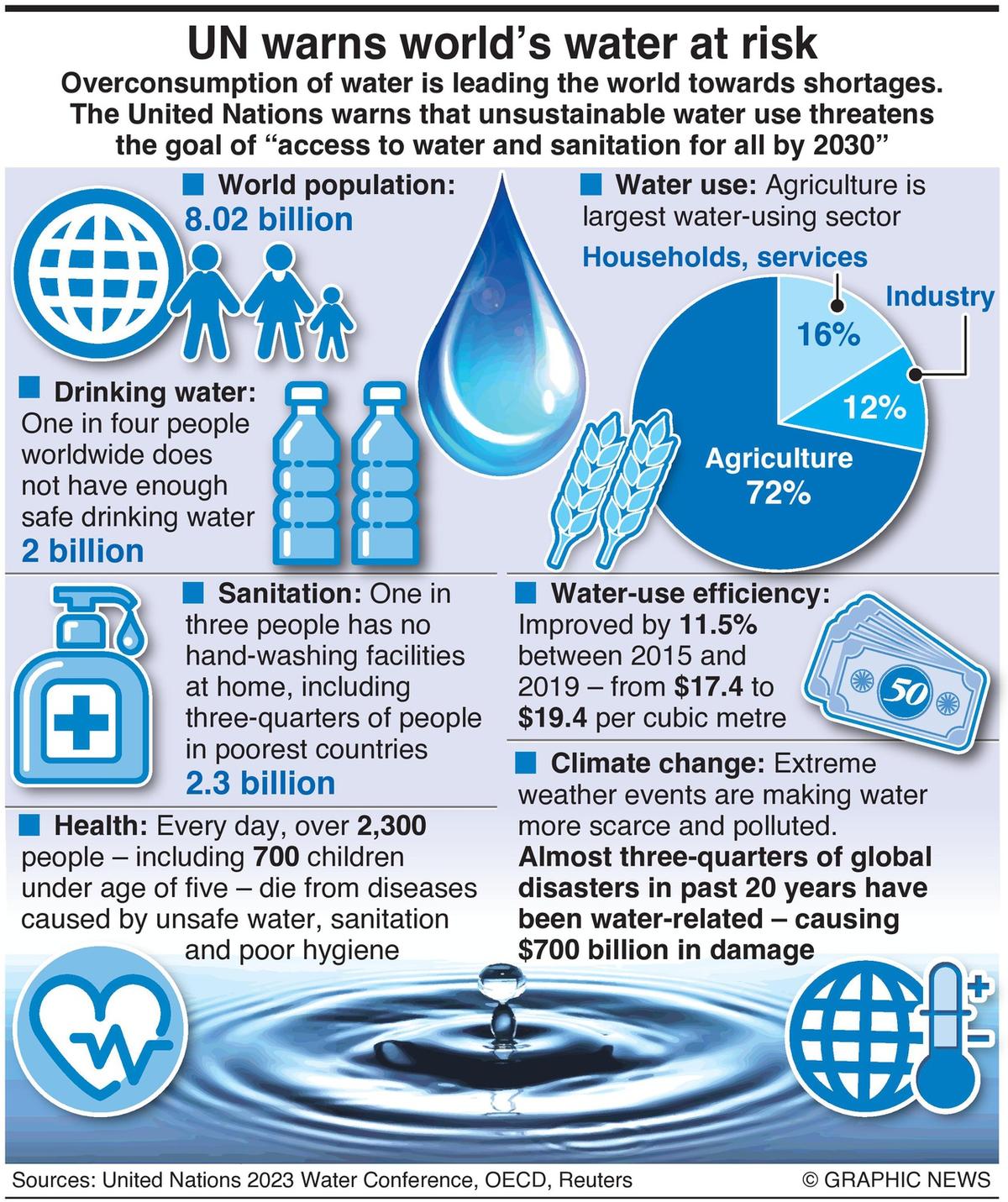
Pic and graphic Courtesy: United Nations 2023 Water Conference, OECD, Reuters
The future of our planet, and the well-being of billions of people, depends on our collective commitment to glacier preservation and sustainable water management. Let's make every day World Water Day by taking action to protect these precious resources for our future generations.
Reference:
https://www.un.org/en/observances/water-day
https://www.un-glaciers.org/en
https://www.unwater.org/publications/un-world-water-development-report










